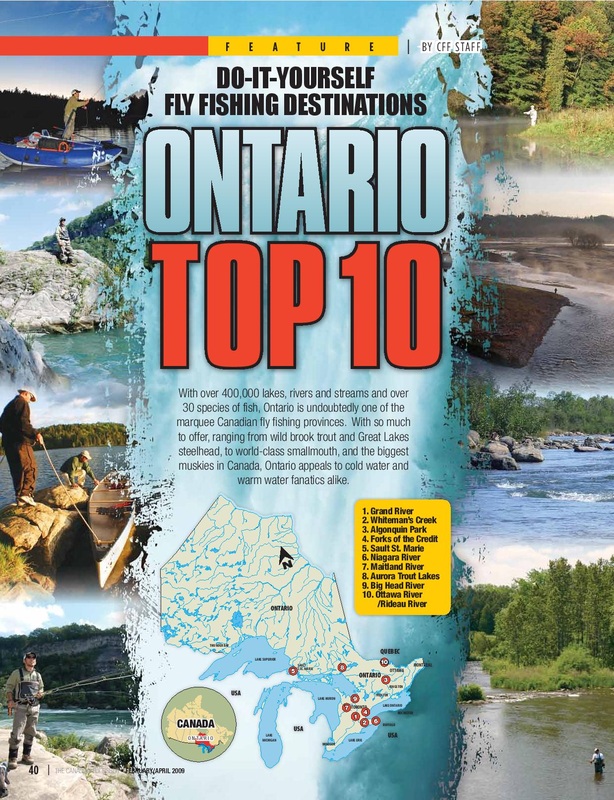|
By Sola DaSilva, CBC News Posted: Jan 29, 2014 6:03 AM ET Last Updated: Feb 03, 2014 10:42 AM ET
Great Lakes under the largest cover of ice in 20 years. In 1978, almost the entire Great Lakes were covered in ice at 94 per cent. Most of Lake Erie is covered in ice as this NASA satellite image taken on Jan. 9, 2014 shows. The Great Lakes are under the largest cover of ice in 20 years. The early winter polar vortex that brought in freezing temperatures throughout eastern North America has put an ice cover over about 52 per cent of the Great Lakes. And that ice cover is expected to continue to expand say scientists, as frigid temperatures keep their grip on the region. 'Right now, we exceed by a good margin what we normally have at this time of the year and we’re also exceeding the average peak for the winter season.'- Denis Dubé, senior ice forecaster with the Canadian Ice Services. The last time the lakes had this much ice cover this early in the year was during the 1993 - 1994 winter season. Lake Erie, while the southernmost lake, is also shallowest of the lakes. It is virtually locked in ice, with 97 per cent coverage. “Right now, we exceed by a good margin what we normally have at this time of the year and we’re also exceeding the average peak for the winter season,” says DenisDubé, a senior ice forecaster with the Canadian Ice Services. Ice formation on the Great Lakes typically peaks by mid-March. At this point last year, there was only about 12 per cent ice coverage on the lakes. The average for this time of the year is between 20 and 25 per cent. And at its peak, the total ice formation on the Great Lakes for 2013 was about 40 per cent. In fact, the average ice cover for the whole winter for the past 30 years has ranged between 50 and 55 per cent, according to George Leshkevitch, physical scientist with the Great Lakes Environmental Research Laboratory. New data from Canadian Ice Services as of January 29 shows Lake Ontario currently has the least ice coverage at 23 per cent. Lake Superior, the largest of the Great Lakes, is well over half (65 per cent) covered in ice. Lake Michigan is about 38 percent covered and Lake Huron is almost 67 per cent covered in ice. The thickness of the ice cover varies from lake to lake but reports show as much as 30 to 40cm of ice spread across most of the lakes, says Dubé. The amount of ice coverage is significant this year due to how early in the season it formed and the cold snap brought the ice in really fast. “Ice was reported on parts of the Great Lakes in the latter part of November, while usually it starts in mid-December,” Leshkevitch said. Dubé says if the freezing temperatures continue, it is possible that we could challenge the absolute maximum ice coverage experienced since 1973. In 1978, almost the entire Great Lakes were covered in ice at 94 per cent. This record is followed by about 91 per cent in 1977 and 90 per cent for 1993 to 1994 winter season. Meteorological conditions including wind speeds impact ice conditions on the Great Lakes, says Leshkevitch. Powerful winds can break up the ice and push them onto bays and small enclosures causing an ice pile up of up to 10 feet high. Satellite image of the ice cover on Lake Ontario shores in Hamilton. The image shows a thin layer of ice on the surface of the ice with a new layer of ice about 5cm thick starting to form around the edges. (Image: Canadian Space Agency RADARSAT-2. Annotation: Denis Dubé, Canadian Ice Services) Dubé says the Canadian coast guards have already had to deal with brash ice and continue to collaborate with the US coast guards to break up ice on the upper lakes. Ships beset in ice will need to be rescued by coast guards and this is costly for shipping companies, says Leshkevitch. But, it is not all bad news. According to Leshkevitch, the thick ice covering will be great for ice fishing. A stable ice cover is also good for Whitefish spawning beds. Leshkevitch says there are forecasts for up to 62 per cent ice cover by the end of February. “It’s still only January, so we’ll see. It’s very dependent on the weather and the meteorological condition,” he said. Jennifer Stanonis, WGRZ6:36 p.m. EST January 8, 2014
Buffalo, NY -- We get ice jams on the Niagara River when strong southwesterly winds flow down Lake Erie and push ice that's near the mouth of the river downstream. The ice boom is at the mouth of the river and would normally stop the ice flow, but when winds are so strong and gusting more than 45 to 50 mph, the ice boom is actually designed to sink and let the ice pass, so the ice boom doesn't break. So the strong winds push the ice down the Niagara River and often ice piles up on the east side of Grand Island where the river narrows, causing flooding behind the ice jam. This is common, like right now, when the Lake Erie is just forming ice, since the new ice is more susceptible to moving. Once the lake freezes over the ice is solid so it doesn't move from strong wind events. There was also some flooding along the Tonawanda Creek near the Niagara River in some parks, since the ice jam wouldn't let water out of the creek. The flood threat is now over since the winds have weakened and ice isn't being pushed into the river anymore. But we could have another flood threat this weekend, widespread potentially, with a warm up and heavy rain. Foul weather kept us off the rivers for a lot of November and December, so we had to chose our days wisely. The fishing sure was good when we did get out in December! In five outings in the month of fishing only Lake Huron flows, we only had one day where less than six fish were hooked. Most of those days we saw winds over 40km/hr and high water, even rain and ice. Not to mention the fog that rolled in on our last steelhead kayak trip Dec 29th when the temp went from +1C to -8C in 20mins! Looking forward to Spring '14 steelhead! |
FISHING NEWS ONTARIOOntario and Great Lakes region salmon, steelhead, and migratory trout fishing articles, information, news, and reports. Stay up to date on our most recent trips, events, tournaments, and general news on adventure fishing and kayak fishing in Ontario and Canada. Archives
April 2021
Categories
All
Links |




 RSS Feed
RSS Feed